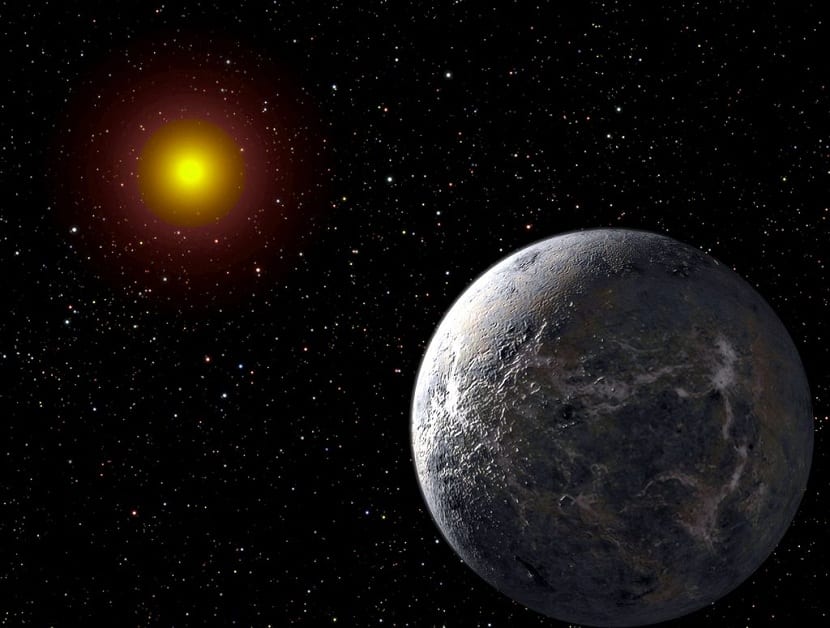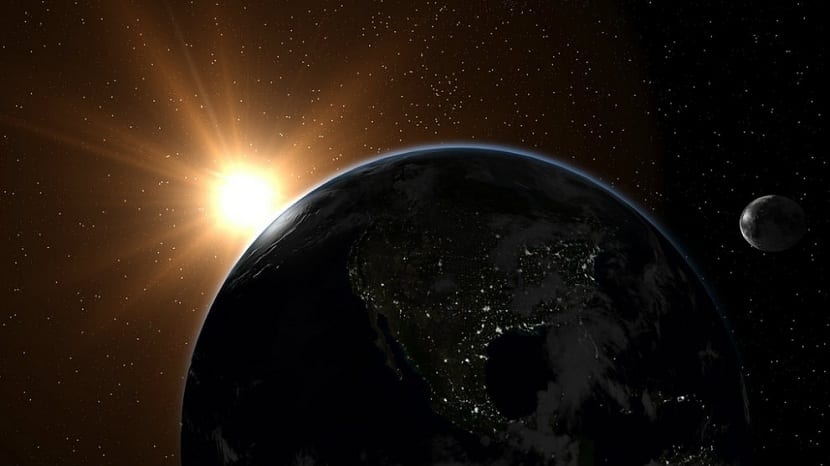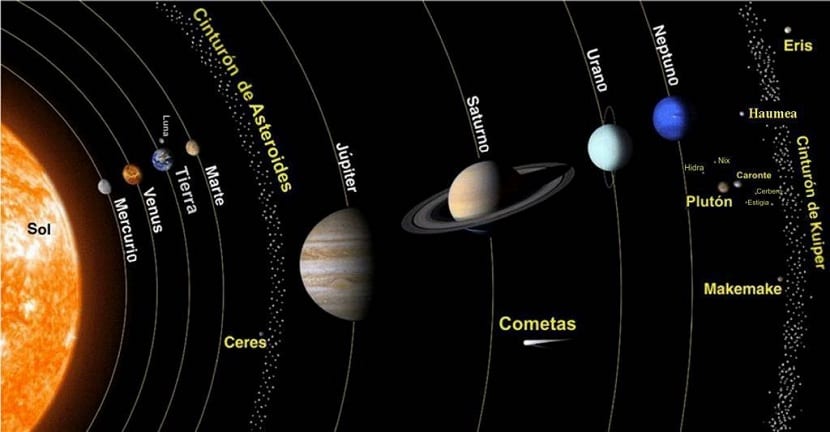
Since it is known about the Sun and the Solar system People have always wanted to know the distance from our planet to the star that illuminates us. Most astronomers have been able to calculate the distance from Earth to Sun by means of some mathematical calculations and relying on experimental data.
In this article we are going to explain to you which scientists were the first to find the distance from the Earth to the Sun and what are the methods they carried out to do it.
Important scientists

In this list of scientists who were able to measure the distance from the Earth to the Sun we find Giovanni Cassini. He is the first to obtain this much sought after data through calculations and measurements. Together with his colleague Jean Richer they were the first to say that there are 140 million kilometers from the Earth to the Sun.
They did this in 1672. In addition to this, they were able to observe the planet Mars from Paris and Cayenne. The method by which they managed to measure distances was obviously not entirely experimental. No one can reach the Sun with one meter and say how far it has traveled from our planet. In order to measure the distance, he took the parallax or the angular difference between the observations made from Paris and Cayenne. With these data it was possible to facilitate some calculations to be able to know the distance between our planet and the red planet.
calculation method

Thanks to the calculation of the distance between these planets, it was possible to calculate how much there is between the Earth and the Moon. Taking as a reference the measurement of the celestial bodies that were located in the solar system, important measurements could be found. This was improved in the middle of the XNUMXth century in which it is mentioned about a more reliable method where the measurements have a lower risk of error. The distance in this case is already expressed in the international astronomical units known as UAI.
To these data that were obtained, the Gaussian constant of gravitation had to be added. This caused some problems for astronomers to find the calculations of the distance from the Earth to the Sun. The methodology used to measure the distance at the level of the parallax measurement is the best technique. It is the one with the highest precision and can be done by direct observation.
The most modern techniques of today can make the measurements directly. But in the past, other more indirect and not so experimental methods had to be found. To know the distance from the Earth to the Sun in kilometers, the International Astronomical Unit is used. This unit is basic and is used to measure some trajectories throughout our solar system. It is also used to calculate some distances and obtain other data in other more distant star systems.
One of the scientists who managed to calculate the distance from our planet to the Sun was the mathematician Eratosthenes. This scientist of Greek origin used various formulas that facilitated the complete calculation. Thanks to them he was able to calculate that there are 149 million kilometers from the Earth to the Sun.
The distance from the Earth to the Sun is not always the same

One important thing to keep in mind is that the Earth is not standing still. There are various movements of the earth among which is the rotation and translation through an orbit around the Sun. We are not at the same distance from the Sun all year long, since the orbit in which the Earth moves is not circular, but elliptical.
Taking into account the distance of this orbit we can say that, for January 2, the Earth is at a distance from the Sun of about 147 million kilometers. However, when the Summer Solstice and the month of July arrives, we are at a distance of 152,6 million kilometers. This distance is quite noticeable although it is not the one that affects us in the temperatures and the amount of radiation that reaches the planet. This is due to the inclination with which the sun's rays penetrate the surface.
As astronomical measurements are always very large, it is not the most common to relate them to units such as kilometers. Talking about millions of kilometers is something that is not comfortable. Measurements between celestial bodies are normally made in Astronomical Unit. Kilometers are used for calculations inside the Earth or to name a particular distance in outer space where you want to reflect the difference in distances between inside the planet and outside.
The Astronomical Unit (AU) is used to measure the distance between planets, galaxies with the unit known as light year. An astronomical unit is 8,32 light minutes. The value that we mentioned before of the 149 million kilometers between the Earth and the Sun is how long it takes for light to reach the Earth.
Average distance from Earth to Sun
To know all this much better, we are going to clarify what a light year is. This is the distance a ray of light travels in one year. Since a ray of the Sun leaves in the direction of our planet, it takes approximately 8 minutes and 20 seconds to reach Earth. This is because the speed of light is 300.000 kilometers per second. This time can vary somewhat depending on the position in which the Earth is at each moment of its orbit and trajectory around the Sun.
To obtain important scientific data, the distance from the Earth to the Sun is a determining factor. Thanks to knowing these data, other results can be calculated in a more precise and direct way. It is normally used to serve as a reference among other calculations of distance between celestial bodies.
As you can see, in astronomy you have to play with reference values since the measurement cannot be direct. I hope you have learned more about the distance from the Earth to the Sun.
I like astronomy a lot
The article is very imprecise and even contains errors such as "Gauss's constant of gravitation", which I understand to refer to the universal constant of gravitation.
All in all, disappointing.